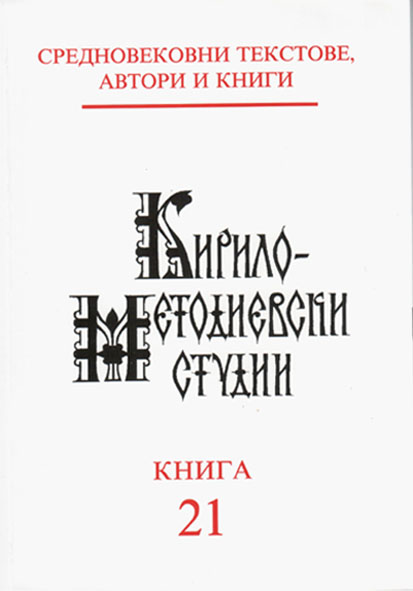Нежитъ и Antaura по данни от текстове върху оловни амулети и требници
Nezhita and Antaura According to Data from Texts on Leaden Amulets and Breviaries
Author(s): Kazimir PopkonstantinovSubject(s): Language studies
Published by: Кирило-Методиевски научен център при Българска академия на науките
Summary/Abstract: Among the epigraphic monuments of the 9th–11th с. providing material about Bulgarian medieval culture, especially interesting are the inscriptions on the leaden amulet-plates, which vary in both shape and contents. In the past years the study of the so-called apocryphal prayers and charms has been enriched by a significant number of leaden amulets of the 9th–11th с. with texts in Greek and Old-Bulgarian, which offer new ways of interpretation of this type of monuments and contribute significantly to the existing basis for comparison. Most of the texts on the 70 amulets mention the word nezhita. Once again they put forward the question of the origin of the magical texts against nezhita and form a new source basis, leading to a reconsideration of some basic stands in the study of nezhita, especially in the texts saying that nezhita ideshe ot chramnago more or ot suhago more. The comparison between the amulets from the region of Kurdjali and Odartsi in the Dobrich region and the newly-discovered prayer in the Breviary of the 14th с. on one hand, and the amulets from the Danube region and the Euchologion (Ms. No 973 from 1153) from the Sinai Monastery on the other, shows a very close connection between the two groups of amulets with the early-Christian Coptic magical texts, signs and prayers as well as with amulets from the pre-Christian period and supports the hypothesis of a common archetype of some separate text fragments.
Journal: Кирило-Методиевски студии
- Issue Year: 2012
- Issue No: 21
- Page Range: 101-112
- Page Count: 12
- Language: Bulgarian
- Content File-PDF

